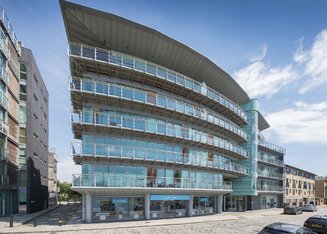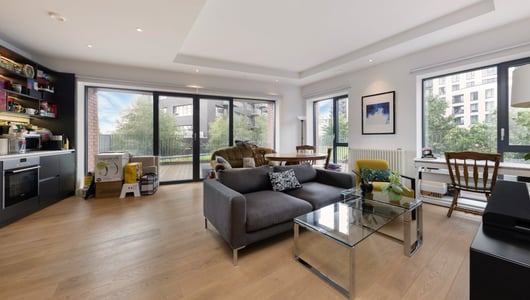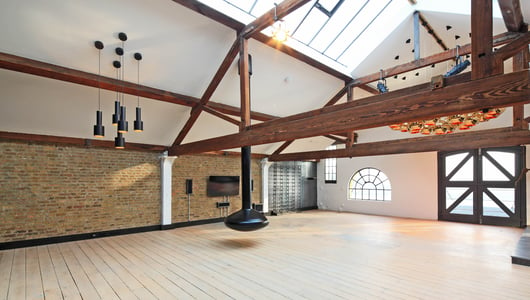Guide to living in Canary Wharf
Constructed opposite Greenwich in the 1980s, the contemporary riverside district of Canary Wharf is London’s second largest financial centre.

About Canary Wharf
Canary Wharf and surrounding areas have a unique blend of residential streets and business activities, making it an attractive home base for London professionals of all ages.
Canary Wharf is centred around the One Canada Square, a 50-floor building which was Europe’s tallest until 2010 when the Shard near London Bridge supplanted it.
The area has some of the most fantastic views in London. From one of its many other tall buildings, residents and visitors can take in panoramic views over south London and other nearby areas within Tower Hamlets.
Unsurprisingly, the continuing development of Canary Wharf has boosted tenant and buyer demand to record highs as young professionals and families are attracted by the exciting contemporary lifestyle on offer.

Properties in Canary Wharf
Canary Wharf is home to numerous scheduled residential developments, with new residential schemes planned in Wood Wharf—Canary Wharf Group’s latest eastward expansion. Wood Wharf adds over 3,200 new homes to Canary Wharf, in addition to 2 million square feet of commercial office space and a further 335,000 square feet of retail and outdoor community areas.
Residential developments in and around Canary Wharf usually take the form of skyscrapers, while more low-rise buildings can range from upwards of eight to ten stories. Most units here are modern and finished to a high international specification. Click here to see properties in the area.
Living in Canary Wharf
Canary Wharf is the face of twenty-first-century London. The sleek glass towers that dominate the East London skyline are unique in the UK, and the Mayor of London has already granted consent for the wider area to house the largest concentration of skyscrapers in London. This innovation paves the way for the emergence of a very distinctive and sought-after skyline and associated modern lifestyle at the edge of Zone 2.
Transport links
With the Isle of Dogs to the south and Limehouse to the west, Canary Wharf has excellent transport links into Central London.
Bond Street is 17 minutes away on the Jubilee Line, while Tower Hill, London City Airport, and the City are just 15-25 minutes away on the DLR. And with the Crossrail Elizabeth Line providing state-of-the-art transport links to many of London’s most frequented locations, Canary Wharf couldn’t be better connected.
Nearby tube stations include:
- One Canada Square
- Canary Wharf Pier

Retail
Canary Wharf Shopping Centre is London’s third-largest shopping mall and offers a range of retail and leisure amenities. With a growing residential population, the area is vibrant and bustling, as a diverse range of public spaces and high street shops keep the neighbourhood energised.
Bars and restaurants
From rooftop bars with amazing views to award-winning restaurants, Canary Wharf offers a smorgasbord of gastronomic delights.
Popular restaurants in the area include the famed Indian restaurant Dishoom, the Ivy, Six by Nico, and Zia Lucia.
Green spaces and exercise
Canary Wharf is local to fantastic outdoor spaces from Jubilee Park near Canada Square to Crossrail Place Rooftop Gardens. These spaces, among others, allow visitors some quiet time away from the hustle and bustle of the UK’s capital. Third Space, Europe’s largest luxury health club is in Canada Square.
Living in Canary Wharf – FAQ
What are the average property prices in Canary Wharf?
Property prices vary in Canary Wharf and its surrounds. If you’d like to know more, speak with one of our Canary Wharf estate agents.
Are there good schools in Canary Wharf?
Canary Wharf and surrounding areas encompass some of the capital’s finest primary and secondary schools, including Cyril Jackson Primary School and Canary Wharf College.
Is Canary Wharf just a financial centre?
No, as well as being a hive of financial activity, Canary Wharf is a leisure destination and up-and-coming residential neighbourhood. Canary Wharf Shopping Centre has cemented the area as a top destination for shoppers, and the iconic Billingsgate Market gives the place a sense of history that perfectly counter-balances the location’s modernity.












